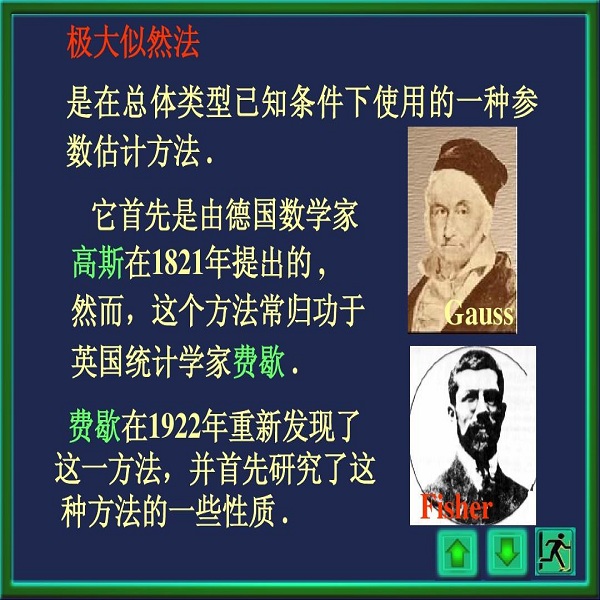A perennial objection against Bayes factor point-null hypothesis tests is that the point-null hypothesis is known to be false from the outset. We examine the consequences of approximating the sharp point-null hypothesis by a hazy `peri-null' hypothesis instantiated as a narrow prior distribution centered on the point of interest. The peri-null Bayes factor then equals the point-null Bayes factor multiplied by a correction term which is itself a Bayes factor. For moderate sample sizes, the correction term is relatively inconsequential; however, for large sample sizes the correction term becomes influential and causes the peri-null Bayes factor to be inconsistent and approach a limit that depends on the ratio of prior ordinates evaluated at the maximum likelihood estimate. We characterize the asymptotic behavior of the peri-null Bayes factor and briefly discuss suggestions on how to construct peri-null Bayes factor hypothesis tests that are also consistent.
翻译:对贝耶斯系数点核子假设的常年反对意见是,点核子假设从一开始就是假的。我们研究以“围核”假设作为近似点核子假设的近似结果,该“围核”假设是先前以利益为中心进行狭义分配的。围核子系数随后等于点核核子系数乘以一个修正术语,而这个修正术语本身就是一个贝耶斯系数。对于中度样本大小,纠正术语相对无关紧要;但是,对于大样本大小的校正术语具有影响力,导致围核湾系数不一致,并接近一个取决于按最大可能性估计评估的先前坐标比率的限度。我们把围核子系数的偏差行为描述为“侧核”行为,并简要讨论关于如何构建同样一致的围核湾系数假设测试的建议。



